Reading Autobiography: What I believe about literacylearning and teaching, and how I came to believe it
���� I have always had a passion for reading and writing. My passion came at an early age with an unfortunate accident. At age eleven I was diagnosed with a ruptured disc and was bed ridden for three months. My mother, also a teacher, taught me at home during that time. She helped me realize the joys of reading and writing. My mother gathered books on my interest level and required me to complete numerous reading and writing assignments. Forced to turn the T.V. off, I found my escape in reading. It was difficult for me to accept the fact that I could not experience a regular life of an eleven-year-old girl. It was at that point in my life I realized that reading was a powerful source of comfort and entertainment.
���� Fourteen years later my passion for reading and writing remains. I try to convey that same love for reading and writing to my students. This is my third year teaching Kindergarten. I took several undergraduate courses in teaching reading but it wasn�t until I was in the classroom that I truly understood how to teach children to read and write and how they think about reading and writing. I agree with Dr. Moorman that �the context that surrounds children is very important and helps lead them to read and write. Children learn to read both inside the head and outside the head.�
There are many components for teaching reading and writing and what works for one child might not work for another. Learning to read is not a race. It is an on-going learning process. I teach at a school where the majority of the children enter Kindergarten on a two to three year developmental delay.
The children at my school have very limited reading experiences and most lack parental support at home. Working with the children and learning along with them has given me the knowledge of an effective reading and writing program.
I believe all children have the potential to learn given the opportunity. I can testify to this because I teach at a high priority school where the children come from low socio economic families, and I have seen tremendous growth in all my students. Children need to realize the purpose for learning how to read and write to give them the drive to want to succeed. I also believe that children learn to read and write with a combination of approaches. One approach I feel is the most effective is phonemic awareness. Phonics instruction enables children to learn how to decode words. Reading and writing go hand in hand. If children can phonetically sound out words, they can begin applying words on paper.
Children also need as many different exposures to print and reading experiences as possible. It is important for children to make connections with reading. Children can get a stronger understanding of what they are reading if they can relate it to their lives. I accomplish this through shared reading with big books. Shared reading allows opportunity to participate and behave like a reader in a social atmosphere. Reading aloud enables me to give extensive reading support to my students. We focus on story elements such as plot, setting, characters and vocabulary words to enrich language development.
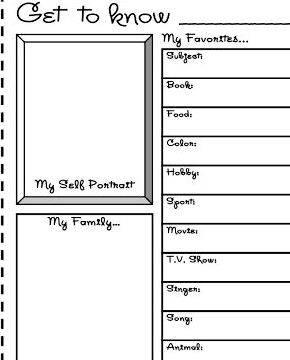
During whole group and small group reading instruction I model how to read. I encourage children to point to each word with their finger. This demonstrates early strategies such as word-by-word matching. I also include echo reading where children repeat a sentence after me to focus on the exact word they are reading. Using predictable books and books with repetition are valuable sources for teaching reading. This helps with reading comprehension and prior knowledge. Retelling a story through dramatic play makes learning fun and meaningful. Another powerful aspect for reading instruction is emphasizing oral language, working with letters and words, and providing a picture walk or preview before reading a story. Guided reading provides strong reading support to students. It allows children to use reading strategies and problem-solve while reading for meaning.
I believe it is very necessary to know the child�s reading level before beginning guided reading to make sure the child gets the right book in their hand. If a child becomes frustrated while reading, the book is too difficult and is going to hinder a child�s learning experience. Pushing a child to read material that is too difficult can discourage and turn a child off from wanting to learn how to read and write. Educators need to be aware of the proper ways to assess reading. It is also necessary to be able to identify a child�s frustration level and place them in books more on their level but at the same time challenging enough to keep their interest. Reluctant readers can really get interested in reading if they read books they enjoy. ��
I did not realize exactly how important assessment and reading strategies were, or if I was even teaching reading correctly until after taking two graduate courses at Appalachian with Dr. Darrell Morris. The first course was Reading Assessment and Correction. I learned how to correctly administer an Informal Reading Inventory and methods for teaching reading.
���� The second course I took under Dr. Morris was a summer reading practicum. Working at the reading clinic was truly a wonderful learning experience. It allowed me to put into practice what I had learned in his previous class. I tutored two at-risk readers with close supervision. I worked with one child who was in fourth grade reading on an early second grade reading level, and another child in fourth grade reading on a third grade level. �
Working closely with the children taught me the effectiveness of a reading tutorial program. I had the opportunity to witness the growth the children were making so rapidly. I cannot even begin to express the feeling of satisfaction and joy at the end of the practicum. The fourth grade student who was reading on a third grade level was reading on grade level material at the end. The other fourth grade student did not make as high of a jump but he was reading on a late second grade level. The most important factor was that he had gained much needed confidence in himself as a reader. At our last session I gave him a book about racecars. Throughout our time together he talked about racing and dirt bikes. This shy young boy took the book and said, �Thank you, I know I can read this now.� It was very difficult to hide my emotions. I was so proud of this child and was inspired to continue the methods that I learned and continue the literacy program I was already using in the classroom. As a teacher of reading I am constantly learning how to best serve my students. I have enjoyed my reading experiences with my students and my coursework and I look forward to continuing my education in reading.


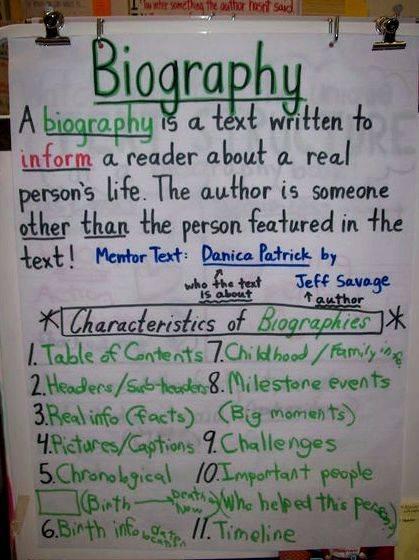
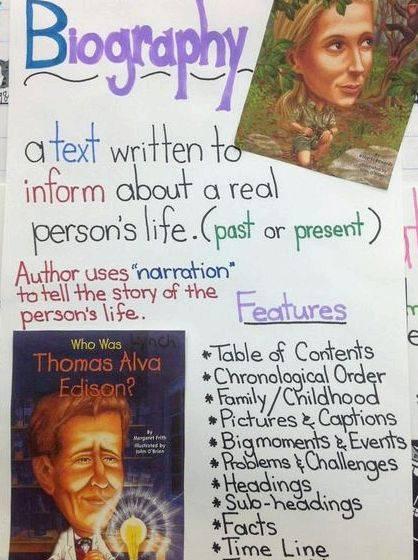


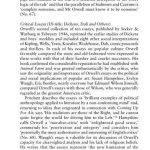 Writing business emails lesson plan
Writing business emails lesson plan Finding your writing voice exercises for paralyzed
Finding your writing voice exercises for paralyzed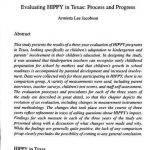 Writing abstracts for dissertations in education
Writing abstracts for dissertations in education Writing a check to deposit in your own account
Writing a check to deposit in your own account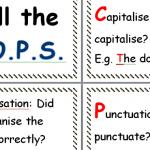 Call the cops patrol your writing
Call the cops patrol your writing






